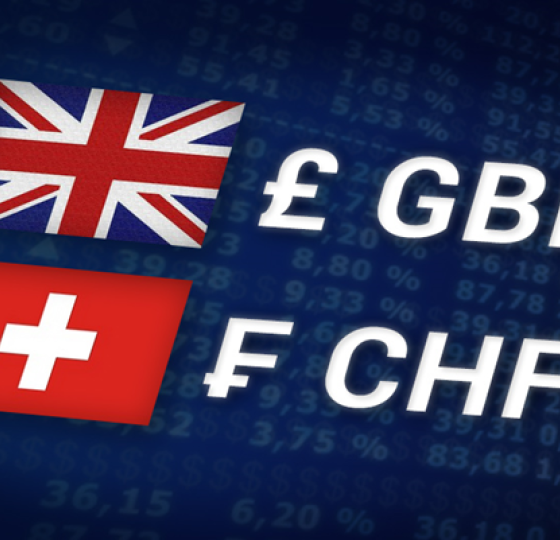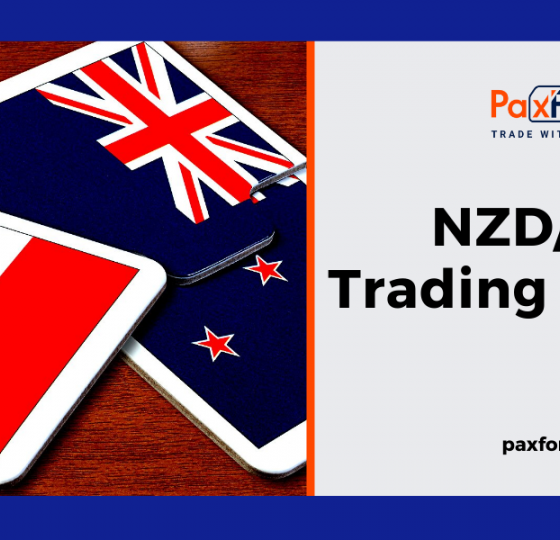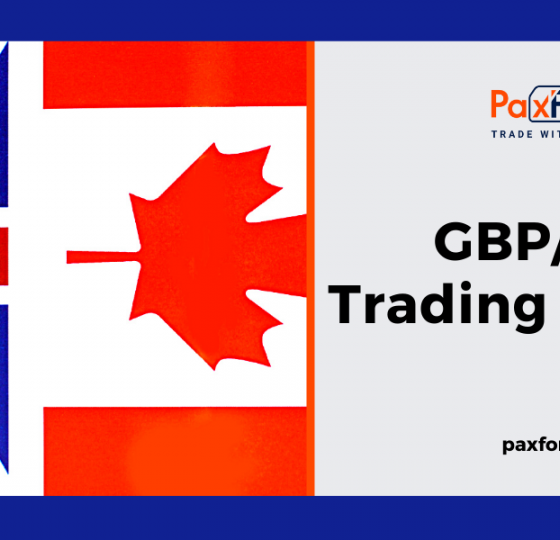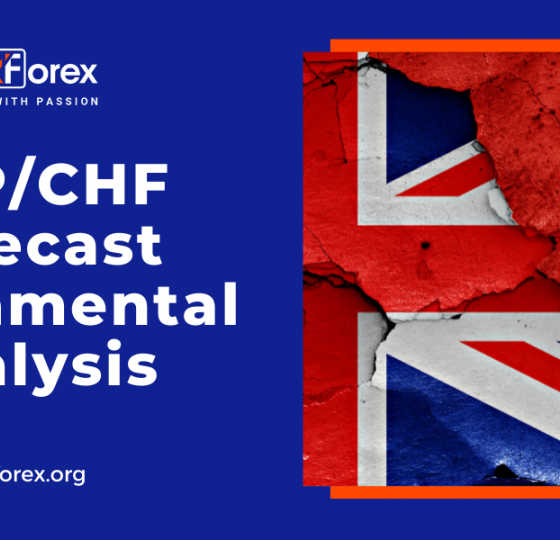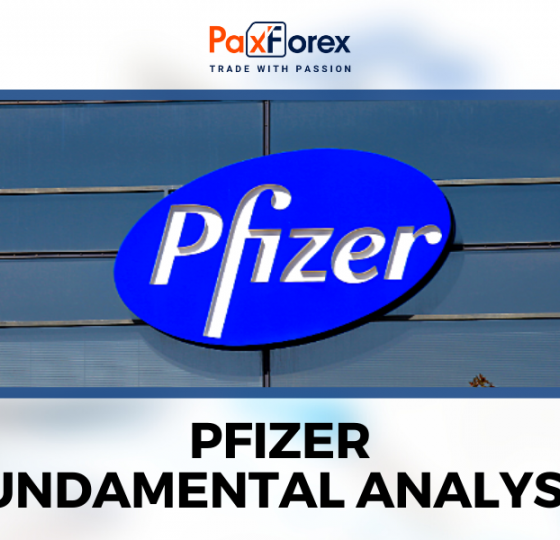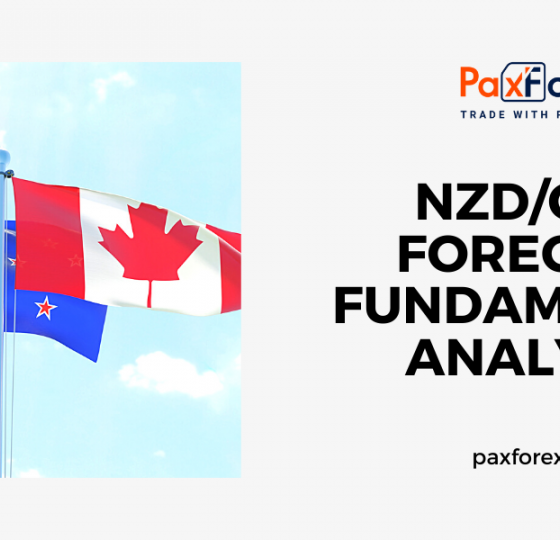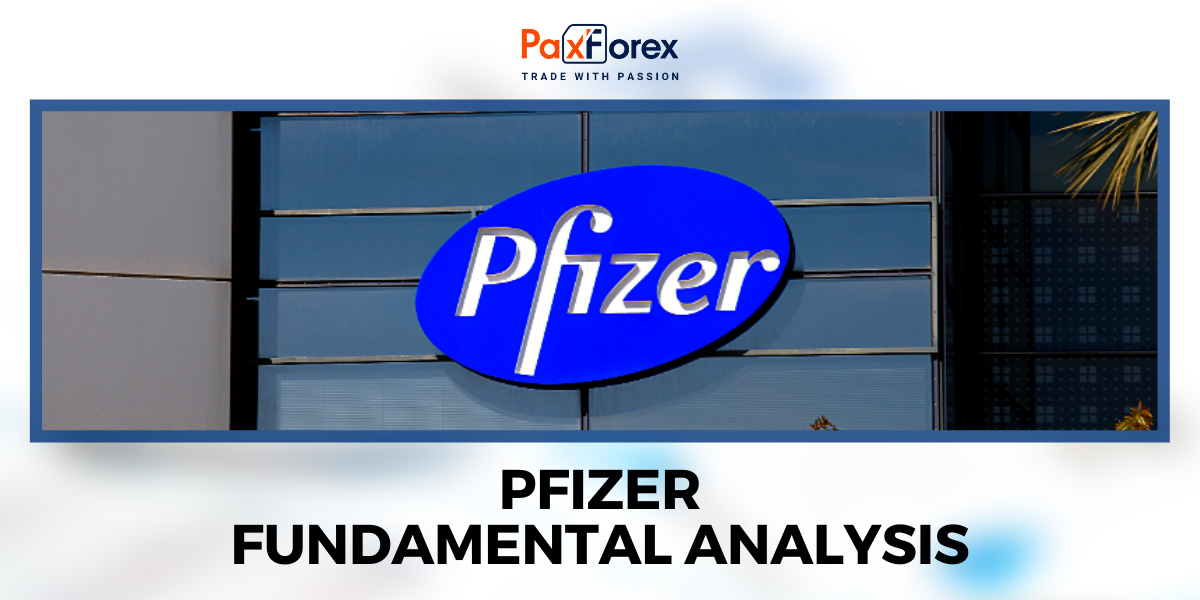
Source: PaxForex Premium Analytics Portal, Fundamental Insight
High-yield dividend stocks offer investors two significant advantages: steady income from regular dividend payments and, when reinvested, the potential to outperform the S&P 500 over long-term periods.
However, high yields often come with risks. They can result from declining stock prices or overly generous payout policies. One key metric to watch is the payout ratio, which indicates the percentage of earnings paid out as dividends. When this ratio exceeds 75%, it may signal trouble, such as an unsustainable dividend that could lead to cuts and falling stock prices.
Pharmaceutical giant Pfizer is a notable example in this category. It currently boasts a 5.7% dividend yield, one of the highest among major drugmakers and across the healthcare industry. Yet, with a payout ratio of 436%, questions about the sustainability of its dividend arise.
Is Pfizer’s attractive dividend yield worth the potential risks? Let’s take a closer look.
Pfizer, a global leader in pharmaceuticals, offers over 350 marketed medicines, has 113 experimental drugs in clinical trials, and operates in more than 200 countries. Despite its dominant position, Pfizer’s stock has taken a hit, falling 52% from its three-year high.
The sharp drop in Pfizer’s stock price is largely due to the decline in sales from its once-thriving COVID-19 business. Despite this challenge, the current valuation of Pfizer might be appealing to both value-oriented and yield-seeking investors.
Pfizer’s shares are now trading at just 9.6 times its projected 2026 earnings - a notable discount in the typically high-valued pharmaceutical sector. When combined with its high dividend yield and strong market presence, this makes Pfizer a potentially attractive opportunity for long-term investors.
That said, Pfizer’s 5.7% dividend yield raises red flags regarding sustainability. The company’s payout ratio has surged to an alarming 436%, well above the 75% mark that often signals instability. This figure is the highest among Pfizer’s pharmaceutical and biotech peers, far exceeding the average payout ratio of 141% in the industry.
It’s important to note that elevated payout ratios are not uncommon in the pharmaceutical sector, which faces unique challenges such as high capital expenditures and limited patent protection. However, Pfizer’s ratio is significantly higher than its peers, prompting skepticism from investors. Over the past year, the stock has dropped 14%, reflecting concerns about the company’s ability to sustain its dividend despite solid commercial performance, including several successful drug launches in the first half of the year.
During its second-quarter earnings call in 2024, Pfizer’s management reaffirmed their commitment to maintaining and growing the dividend, citing the company’s 15-year streak of consecutive increases without a reduction since acquiring Wyeth in 2009. To support this, Pfizer has introduced a cost-saving initiative targeting $4 billion in net savings by the end of the year, aimed at improving free cash flow and supporting dividend stability.
Looking ahead, Pfizer’s pipeline includes several potential blockbuster drugs, particularly in cancer treatments. Two standouts include vepdegestrant for breast cancer and sigvotatug vedotin for lung cancer, which could each bring in over $1 billion in annual sales if successful in trials.
The launch of these drugs could drive significant revenue growth in the latter half of the decade, helping to restore Pfizer’s payout ratio to a more manageable level, closer to its historical average of around 50%.
While no investment is without risk, the market’s pessimism around Pfizer’s short-term outlook may be overstated. With management committed to dividend growth, cost-cutting efforts in place, and a promising drug pipeline, there is potential for a turnaround.
Moreover, Pfizer’s current discounted valuation relative to its big pharma peers may provide a margin of safety for investors. Although the high payout ratio is a concern, the company’s strong market position, diversified product lineup, and track record of innovation suggest that this issue could be temporary.
For high-yield seekers, Pfizer presents an intriguing option, though close monitoring of its financial health and dividend coverage will be essential.
As long as the price is above 29.00, follow the recommendations below:
- Time frame: D1
- Recommendation: long position
- Entry point: 29.99
- Take Profit 1: 31.00
- Take Profit 2: 32.00
Alternative scenario:
If the level of 29.00 is broken-down, follow the recommendations below:
- Time frame: D1
- Recommendation: short position
- Entry point: 29.00
- Take Profit 1: 28.00
- Take Profit 2: 27.00


